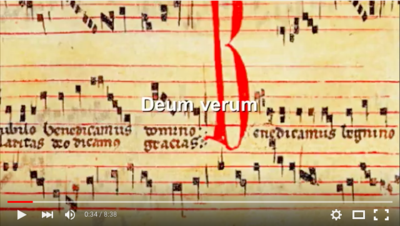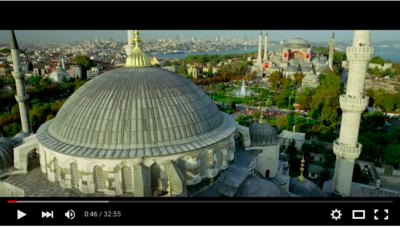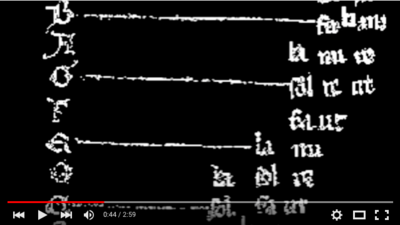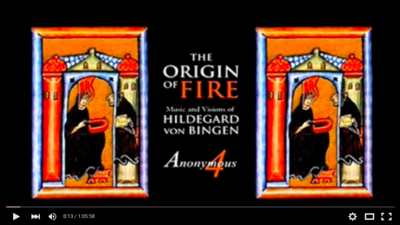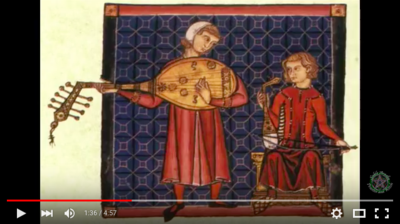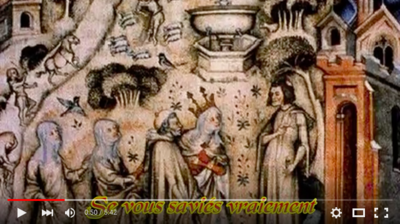The Medieval Period
~ 900-1400
Overview:
- Little is known about music from the Middle Ages, and what we do know is weighted toward the sacred, rather than secular, styles of music. This is because it was more common to write down sacred music than secular.
- Plainchant was the most common style of sacred music – it was “monophonic” music, meaning it had a single line of melody. This could be sung by one or many voices and was sung in churches, monasteries, and chapels throughout the Medieval Period.
- “Polyphonic” (“many-voiced”) music began to become popular around the 12th century in the Church, by elaborating on the basic plainchant in special times like Easter and Christmas. By the 15th century polyphonic music was an important part of celebrations in the Church and the court.
- During this time period, motets developed as a popular form of sacred music, consisting of a plainchant following a drawn-out rhythmic pattern, above which other lines – with different text – were placed, resulting in different words sounding together at the same time. (Rehbach)
- Most of our records of secular music from the era are preservations of the work of troubadours or trobairitz (female troubadours), which often contained love themes.
- (Unless noted, all information is sourced from Burrows.)
Examples:
